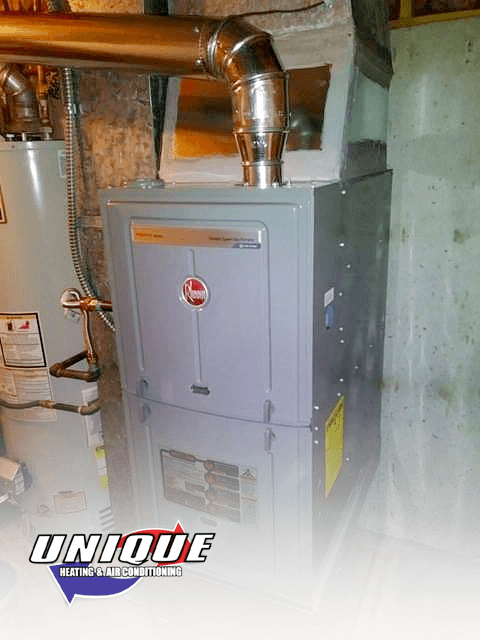The Ultimate Guide to Heater Installation for a Cozy Home
Heating system setup is a vital facet of preserving a comfy home setting, specifically throughout the colder months. As you take into consideration these elements, the question continues to be: what actions can you take to ensure your heater offers you well for years to come?
Kinds of Heating Systems

Gas heaters are one of the most usual selection due to their effectiveness and lower operational prices. They make use of natural gas or propane, supplying quick home heating and regular efficiency, making them optimal for cooler environments.
Electric heating systems, while normally easier to mount and keep, have a tendency to have greater functional prices. They are frequently favored in areas where gas solution is unavailable or for homes with existing electrical facilities.
Oil heaters, though much less common today, continue to be a practical alternative in certain areas. They burn heating oil, which can be helpful during cooler months, yet their reliance on oil shipment postures prospective difficulties.
Additionally, there are high-efficiency versions offered throughout these types, which can significantly reduce energy consumption and energy expenses - furnace installation. Ultimately, recognizing these heater types will assist home owners pick a system that lines up with their home heating requires, spending plan, and energy choices
Selecting the Right Size
Picking the appropriate size for a heating system is essential to making sure optimum performance and energy effectiveness. An undersized heater will struggle to maintain comfortable temperatures during the cold months, leading to boosted damage, higher power expenses, and possible system failure. On the other hand, an oversized heating system may cycle on and off as well regularly, causing ineffective home heating and unequal temperature level circulation within the home.
To figure out the right furnace dimension, an estimation called the Manual J lots computation must be done. This procedure assesses different elements, consisting of the square footage of the home, insulation degrees, window sizes, and local environment problems. This thorough evaluation makes sure that the furnace satisfies the particular home heating demands of the space.

Installment Refine Introduction
In regards to products, you will certainly require ductwork, insulation, and securing tape to make sure optimum airflow and energy performance - furnace installation. It is likewise essential to have a new furnace filter accessible, together with airing vent materials, such as PVC pipeline or steel flue, depending upon the kind of heater being mounted
Security equipment, consisting of handwear covers, safety glasses, and a face mask, is likewise crucial to shield against dirt and particles during setup. Having all these devices and materials readily offered not only improves the process yet also boosts the security and effectiveness of the furnace installation.
Maintenance Tips for Durability
To make certain the long life of your heating system, it is important to implement a routine maintenance timetable that deals with crucial elements of the system. Begin by replacing or cleansing the air filter each to three months, as a blocked filter can restrict air flow and decrease performance. In addition, evaluate and cleanse the blower assembly to avoid dust build-up that can impede efficiency.
Next, check the thermostat setups and recalibrate if needed to make sure exact temperature level regulation. Examine the ductwork for leakages or clogs, as this can lead to energy loss and unequal home heating. Routinely oil the electric motor and bearings according to the supplier's suggestions to reduce deterioration.
Expert inspections should happen each year, where a qualified specialist can analyze the furnace's browse around here overall condition, check for gas leakages, and make sure that security attributes are operating correctly. Finally, think about setting up a programmable thermostat to enhance energy use and keep constant home temperature levels. By embracing these upkeep methods, you can improve your heater's efficiency, expand its life-span, and eventually enjoy a comfortable and comfortable home atmosphere.
Final Thought
